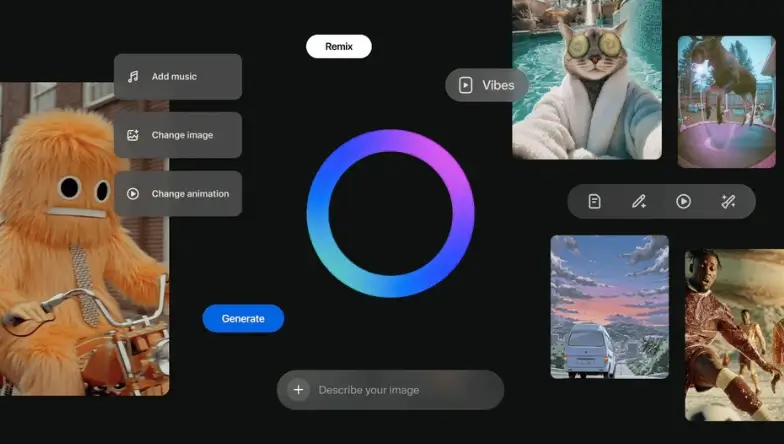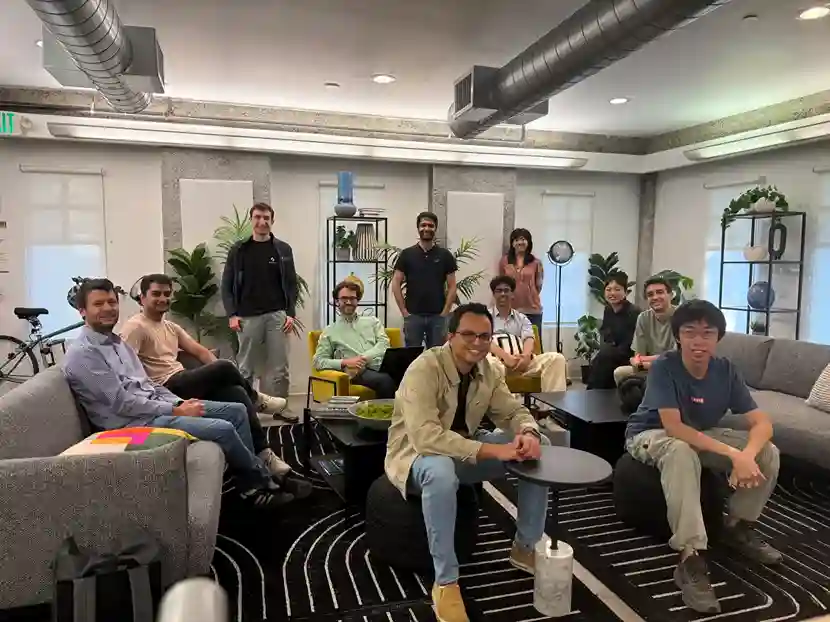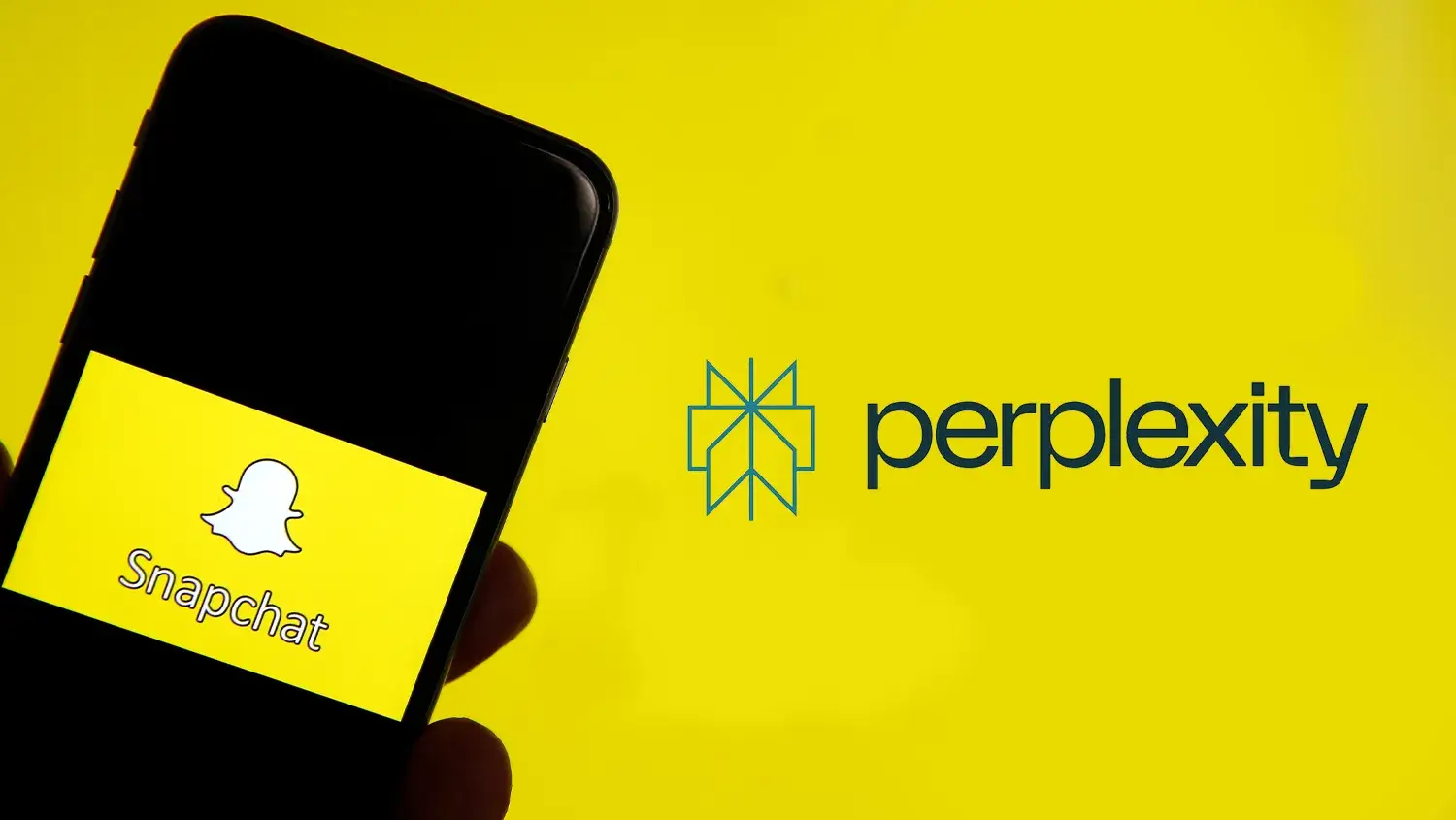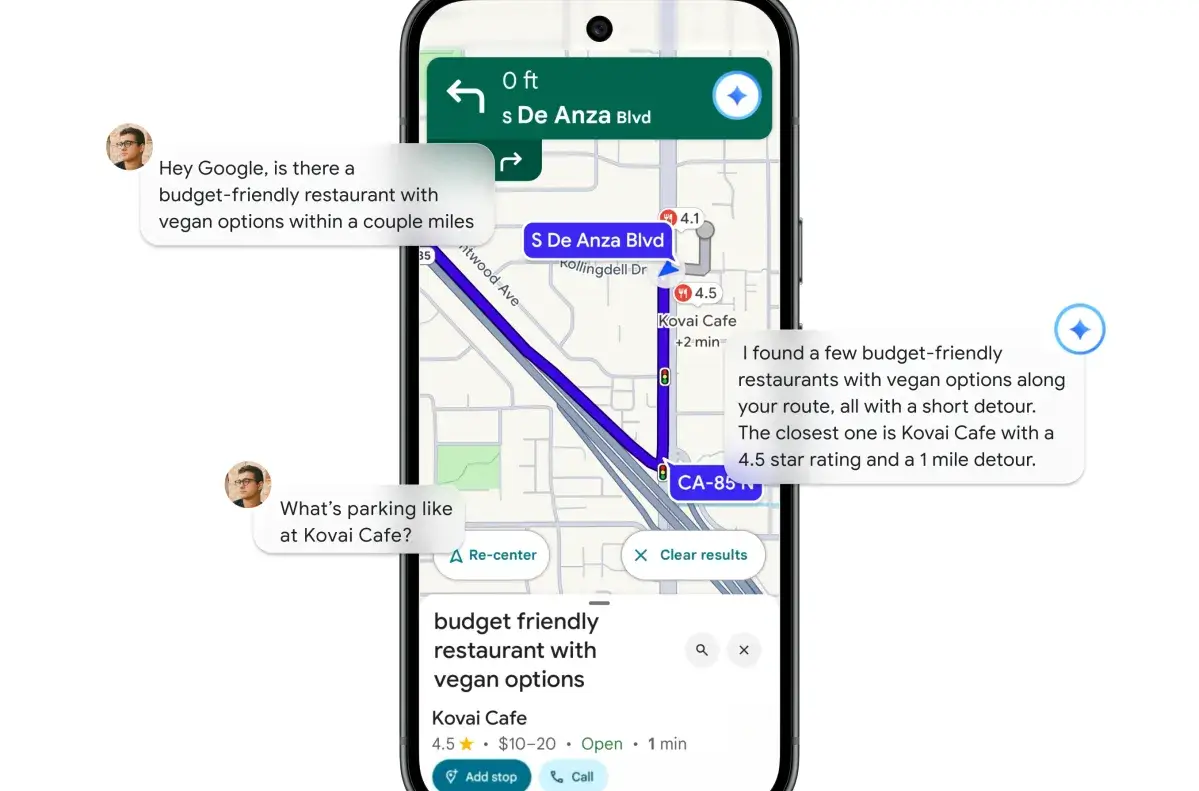Tensormesh raises $4.5M to teach AI servers how to remember and run faster
Where data reuse becomes the secret weapon of efficiency.
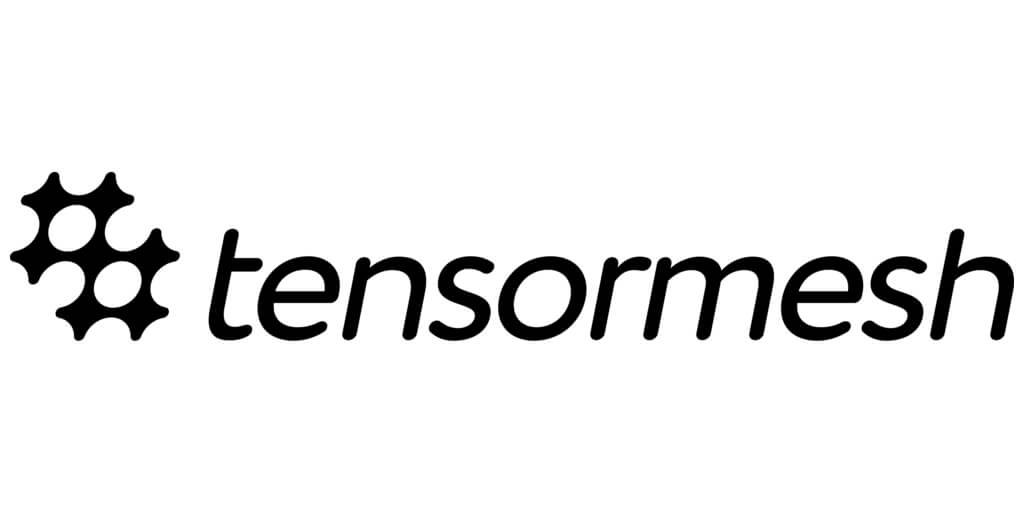
The race for more powerful AI models has turned into a global scramble for GPUs. But while most companies chase bigger hardware, one small team is proving that smarter memory—not more compute—is the real breakthrough.
Meet Tensormesh, a startup that just emerged from stealth with $4.5 million in seed funding led by Laude Ventures, joined by database pioneer Michael Franklin. Their mission: make AI servers dramatically more efficient by teaching them something that sounds simple but isn’t—how to remember.
At the heart of this idea lies a piece of tech called LMCache, an open-source utility built by Tensormesh co-founder Yihua Cheng. It’s been quietly gaining attention across the AI infrastructure world for one reason—it can cut inference costs by up to ten times. That’s not marketing hype; it’s math. By caching and reusing the “thinking” from previous model runs, LMCache avoids wasting the expensive GPU cycles that most systems throw away after each query.
Here’s the problem Tensormesh is fixing: when large language models process a query, they generate something called a Key-Value (KV) cache—essentially a short-term memory of the computation. But as soon as the query ends, most architectures discard it completely. That’s like hiring a genius analyst, paying them for a full report, and then erasing their notes right after they speak.
Tensormesh co-founder Junchen Jiang puts it perfectly: “It’s like having a very smart analyst who forgets everything after each question.”
So, instead of letting that memory vanish, Tensormesh keeps it alive. Their system retains the KV cache and reuses it whenever a similar computation appears again—essentially giving AI models a memory that persists beyond a single request. This small change has massive consequences: faster inference, lower GPU usage, and drastically reduced costs.
Of course, this isn’t easy. GPU memory is expensive real estate. Holding onto large caches means finding clever ways to distribute them across multiple storage layers—RAM, SSDs, and sometimes even networked drives—without slowing down performance. That’s where Tensormesh’s real innovation lies: a multi-tier caching system that decides, on the fly, where each piece of memory should live for optimal speed.
The result? AI models that don’t start from zero every time. This makes a massive difference in applications like chatbots and agentic systems, where context continuously grows. Every new message adds to a conversation log, forcing the model to reference larger and larger amounts of data. By retaining memory intelligently, Tensormesh effectively compresses time—reducing repetitive computation while maintaining context awareness.
For big AI companies, this problem is nothing new. Some have tried to solve it in-house, but as Jiang notes, “We’ve seen teams hire 20 engineers and spend months building this. Or they can use our product and do it efficiently.” That’s the bet Tensormesh is making: that in the AI infrastructure boom, efficiency is worth more than expansion.
The impact extends beyond cost savings. As AI workloads keep scaling, inference efficiency becomes a bottleneck not just for startups, but for the entire ecosystem. Every additional query demands GPU power that’s already scarce and expensive. By reclaiming wasted compute cycles, Tensormesh’s approach could unlock massive performance gains for companies large and small.
It’s no surprise then that Google and Nvidia have already shown interest in integrating LMCache into their workflows. When two of the biggest names in AI start paying attention to your open-source tool, you’re clearly solving something fundamental.
Tensormesh’s journey reflects a quiet truth about the AI industry right now: brute force is out, smart reuse is in. The next wave of breakthroughs won’t just come from training bigger models or buying more GPUs—it’ll come from rethinking how we use what we already have.
And that’s what makes Tensormesh’s $4.5M raise so compelling. It’s not just funding for another AI startup—it’s a signal that the next evolution in AI performance may come from software that remembers, not hardware that expands.
As the AI infrastructure race continues, the smartest companies won’t just ask how to train faster—they’ll ask how to think longer.
Maybe it’s time your AI stopped forgetting too.
You may like recent updates...
Subscribe & Get Free Starter Pack
Subscribe and get 3 of our most templates and see the difference they make in your productivity.
Free Starter-Pack
Includes: Task Manager, Goal Tracker & AI Prompt Starter Pack
We respect your privacy. No spam, unsubscribe anytime.
Featured*
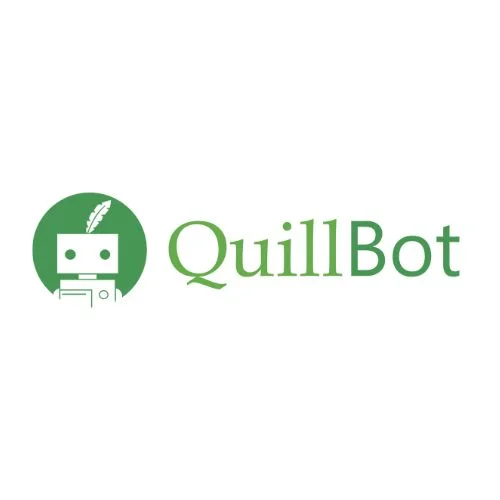
QuillBot
AI tool that improves writing with smart paraphrasing, grammar checks & image generation.

Carepatron
AI platform for managing healthcare workflows, notes, and patient collaboration.
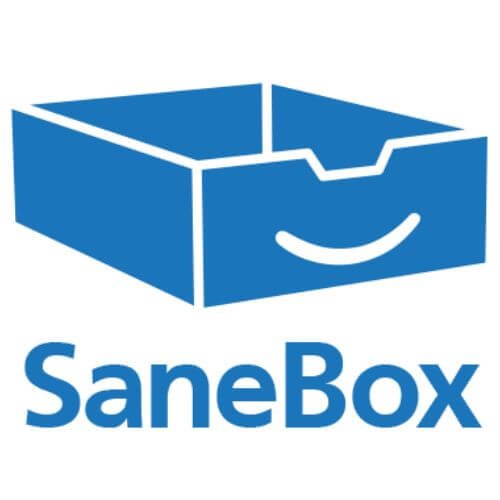
Sanebox AI
AI tool organizes your inbox by automatically sorting emails and reducing clutter.

